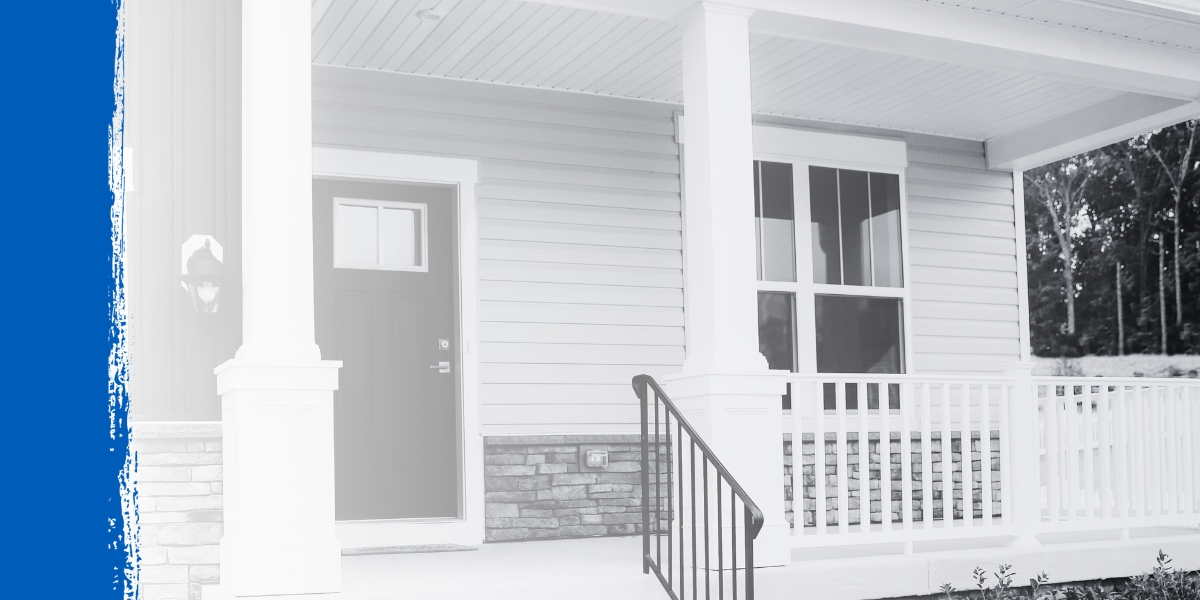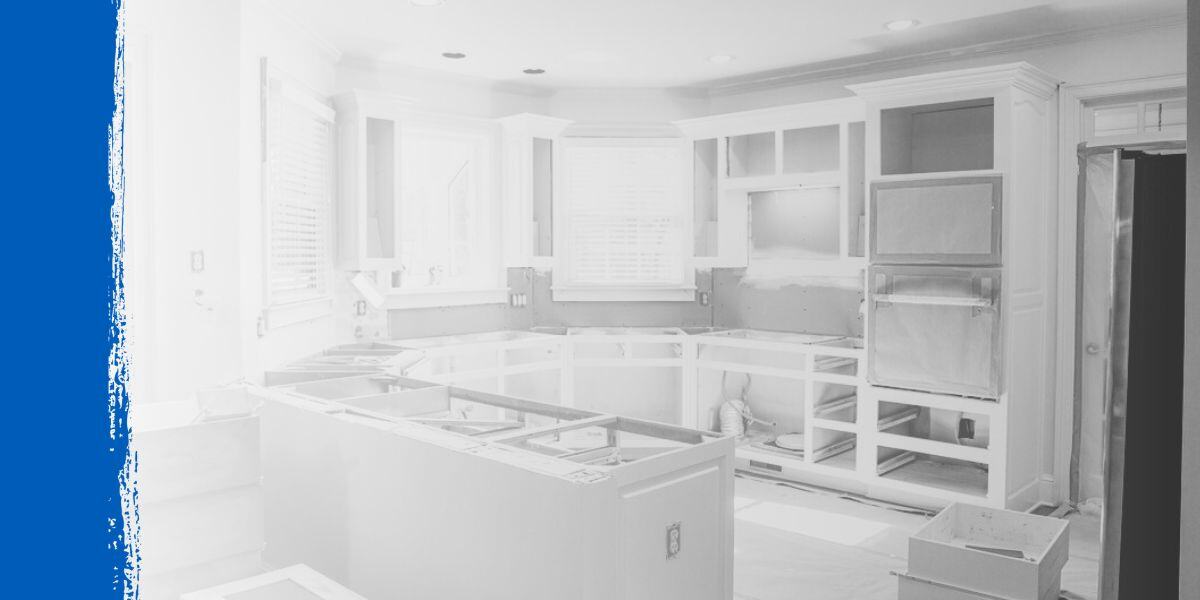Choosing the right exterior siding material for your project is a pivotal decision that impacts not only the aesthetic appeal but also the durability and maintenance requirements of your property. With numerous siding options available, each with its own advantages and disadvantages, it's essential to consider the lifespan, maintenance needs, energy efficiency, and cost of each material and siding product before making a decision.
The siding market has changed enormously over the last few decades, particularly with the introduction of new materials technology. Once, wood siding was the most popular choice, although today, only a small proportion of new building projects use wood. Since the mid-2000s, fiber cement and vinyl siding, alongside stucco, have become the most popular options.
Our guide will help you navigate the various siding materials and make an informed decision when purchasing new siding for construction projects.
Wood Siding
Traditional wood siding is a classic choice, offering a timeless and natural look. Available styles include clapboard, shakes, and shingles, painted or stained to match your desired color scheme. Wood siding can be made from many different wood types, each with unique properties, including redwood, oak, ash, pine, and cedar siding.
Pros
- Versatile and customizable to suit different architectural styles
- Eco-friendly and biodegradable
- Easy to repair or replace individual boards
Cons
- Requires regular maintenance, including painting or staining every 3-7 years
- Susceptible to moisture damage, rot, and insect infestations
- May not be as fire-resistant as other materials
Fiber Cement Siding
Fiber cement siding, made from wood fibers, portland cement, and sand, is renowned for its durability and versatility. It can mimic the appearance of wood, stucco, or masonry and comes in various colors and textures. Alongside vinyl, fiber cement siding is one of the most widely used siding options for new buildings.
Pros
- Highly durable fire, rot, and insect-resistant
- Low maintenance, typically only requiring painting every 10-15 years
- Excellent heat and weather resistance
- Non-combustible and can help improve a home's fire rating
Cons
- Heavier than vinyl or wood, which can make installing fiber cement siding more challenging
- May require professional installation, adding to overall costs
- Prone to moisture absorption if exterior faces and cut edges are not properly painted or sealed
Vinyl Siding
Vinyl siding, made of PVC (polyvinyl chloride), is the most popular siding option for modern new-build projects. It's cost-effective to buy and inexpensive to maintain. It doesn't require painting, staining, or sealing and can be easily cleaned by the homeowner making it perfect for house siding. Vinyl siding is a diverse category that is available in many colors, textures, and profiles.
Pros
- Low maintenance and easy-to-clean
- Resistant to rot, insects, and moisture
- Less expensive than other siding options
- Easy to install, often making it a good choice for DIY projects
Cons
- Can crack or warp in extreme temperatures
- Risk of fading with excessive UV exposure, although UV-resistant coatings are available.
- May not provide as much insulation as other materials, although insulated vinyl siding offers excellent thermal resistance.
Metal Siding
Metal siding, which includes steel siding and aluminum siding, offers a modern, sleek look. It is available in various colors and can be embossed to resemble wood grain or other textures. Metal siding is particularly popular in areas with extreme weather conditions, as it provides excellent resistance to hail, heavy rain, and high temperatures.
Pros
- Resistant to fire, rot, and insects
- Low maintenance and easy-to-clean
- Lightweight and easy to install
- Eco-friendly and recyclable
Cons
- Can be prone to denting or scratching
- May be more expensive than some other siding options
- May be noisy during rain or hail
Composite Siding
Composite siding is made from a combination of materials, typically wood fibers, sawdust, or wood flour mixed with plastic resins like polyethylene or polypropylene. The ratio of wood to plastic in composite siding varies, with some products containing more wood for a more natural appearance while others feature a higher percentage of plastic for increased durability.
Pros
- Low maintenance and resistant to rot, insects, and moisture
- Can closely mimic the appearance of wood
- Often made from recycled wood
Cons
- More expensive than some other siding materials
- Risk of fading or discoloration over time
- May require professional installation, adding to overall costs
Stone Veneer Siding
Stone veneer siding, also known as manufactured stone veneer or faux stone, is a lightweight, cost-effective alternative to natural stone. It is made from cement, aggregates, and pigments and can provide the appearance of natural stone without the high cost and weight.
Pros
- Provides a natural, high-end appearance
- Durable and resistant to fire, rot, and insects
- Low maintenance and easy-to-clean
Cons
- More expensive than many other siding options
- Can crack or chip if improperly installed or maintained
Engineered Wood Siding
Engineered wood siding is made from wood fibers, wax, and resin. It is designed to look like natural wood while offering superior durability. The wood component of engineered wood often comes from recycled material or waste from other manufacturing processes.
Engineered wood siding differs from composite siding because it contains treated wood fibers and strands as its primary component and is always manufactured to resemble wood. In contrast, composite siding typically includes wood particles or dust, often incorporates less wood, and may not be manufactured to mimic wood's appearance.
Pros
- Resembles natural wood while being more dimensionally stable and lower maintenance
- More durable and moisture-resistant than traditional wood siding
- Lighter than fiber cement, making it easier to install
- Often made from recycled materials
- Lower upfront costs than some other siding options, like fiber cement or natural wood
Cons
- May require more maintenance than vinyl or fiber cement
- Can fade or discolor if not properly maintained
- More expensive than some budget-friendly options, such as vinyl siding
How to Choose the Right Siding for Your Home
Given the wide variety of exterior siding on the market, diverse climactic conditions, and varied architectural styles prevalent in the U.S., there's no single answer to which is the best siding material for every project.
Instead, consider these factors below and select the siding option that best fits your needs and those of the building's residents.
Aesthetic and Architectural Style
Choose a siding material that complements your home's architectural style and enhances its overall appearance. Consider the siding's color, texture, and profile to ensure it aligns with your desired look.
Durability Against Weather Conditions
When selecting a siding material, account for the local climate conditions. Opt for materials and designs that can withstand temperatures, moisture, and wind and resist fire, rot, and insect infestations.
Moisture, in particular, can threaten your home's structure over time, so choose a siding material that offers excellent moisture resistance. Materials like vinyl, fiber cement, and metal are less prone to moisture damage than wood.
Lifespan
Some materials, like fiber cement, are extremely durable and can last over 50 years with maintenance. They are ideal for homeowners and contractors who want a long-term solution and are willing to invest in a higher-quality material upfront.
Other options, like vinyl and engineered wood, typically last 20-30 years. While not as long-lasting as fiber cement or brick, they provide a good balance of durability and affordability.
Thermal Insulation
Siding materials with good insulation properties can help regulate your home's temperature, reduce energy consumption, and lower utility bills. If insulation is a priority, look for siding with higher R-values, which measure the material's resistance to heat flow.
Most siding materials have relatively low R-values on their own. However, some siding products are designed with additional insulation backing or layers to increase their effective R-value. Insulated vinyl siding, for instance, can achieve higher R-values by incorporating insulation behind the vinyl cladding.
Find the Best Siding at LS Building Products
At LS Building Products, we stock a wide range of exterior siding options from leading manufacturers, including Mastic by Ply Gem, Royal Building Products, LP SmartSide, James Hardie Industries, Versetta Stone, and Diamond Kote.
To learn more, talk to a building supplies expert or drop into our stores in East Peoria, Champagne, Pontiac, or Springfield.
.png?width=98&height=67&name=Logo%20(13).png)
 How to Choose the Best Siding Materials for Your Project" loading="lazy">
How to Choose the Best Siding Materials for Your Project" loading="lazy">
.png)
.png)



